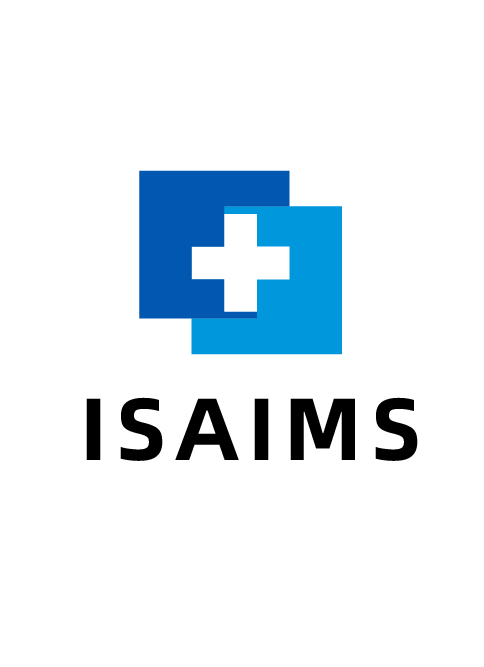

Prof. Gang Huang

Prof. Gang Huang
Shanghai University of Medicine and Health Sciences, China
Speech Tilte: Application of artificial intelligence in "critical value" warning of regional medical center image
Abstract:
In recent years, the artificial intelligence research made great progress in the field of medical imaging, focused on computer aided detection (CADe), computer aided diagnosis (CADx) and patient's condition monitoring of three direction, but the current study did not highlight the basic characteristics and utilization at the basic level is generally not high, it is difficult to meet the demand of first option at the basic level in the hierarchical diagnostic system. Investigate the reasons,it is that AI products with a single disease are not suitable for primary medical application scene.
With a national strategy guided by a healthy China and graded diagnosis and treatment, strengthening the basic level has become an important direction of the new round of medical reform. Based on artificial intelligence technology, focus on the basic common cerebral hemorrhage, pneumothorax, spine fracture, esophageal trachea, fractured ribs, small joint fracture, diseases such as tuberculosis research, in order to achieve the intelligent diagnosis, quantitative analysis, research and development of intelligent early warning model for the first option at the basic level, meet the needs of emergency patients with precise and rapid diagnosis at the basic level, realize the medical imaging AI from single diseases to the transition of the complex clinical application scene.
This study explores the establishment of basic medical imaging AI application system based on regional medical centers, to promote the healthy and sustainable development of artificial intelligence in regional medical centers and basic medical and health institutions, and to guarantee the safety and diagnostic quality of basic patients under the telemedicine model.
